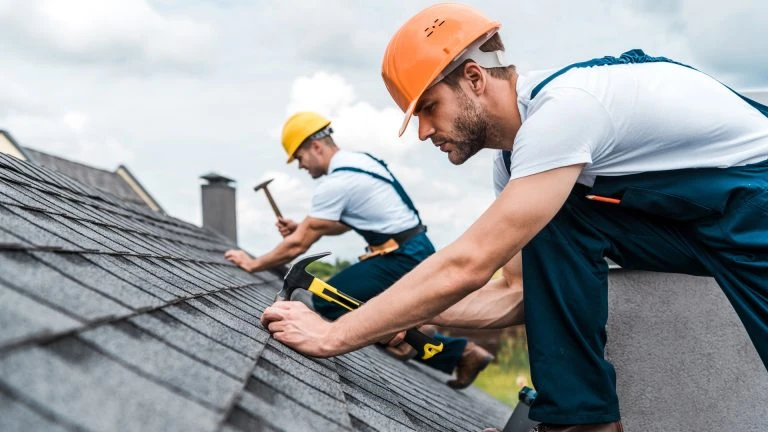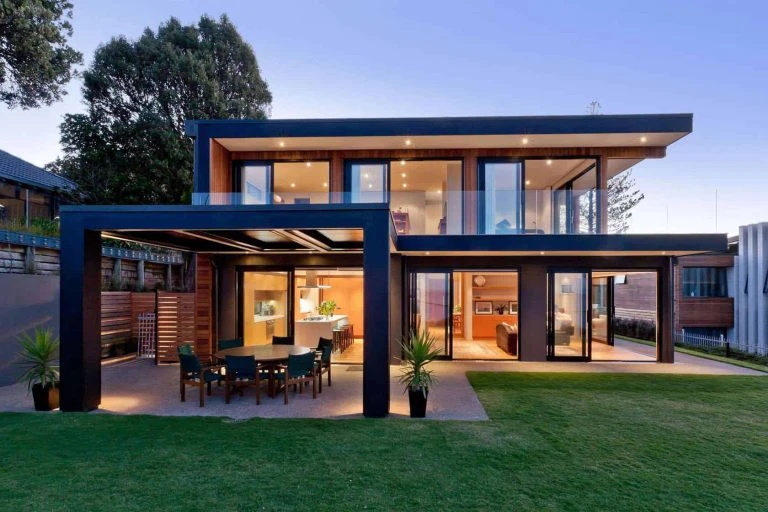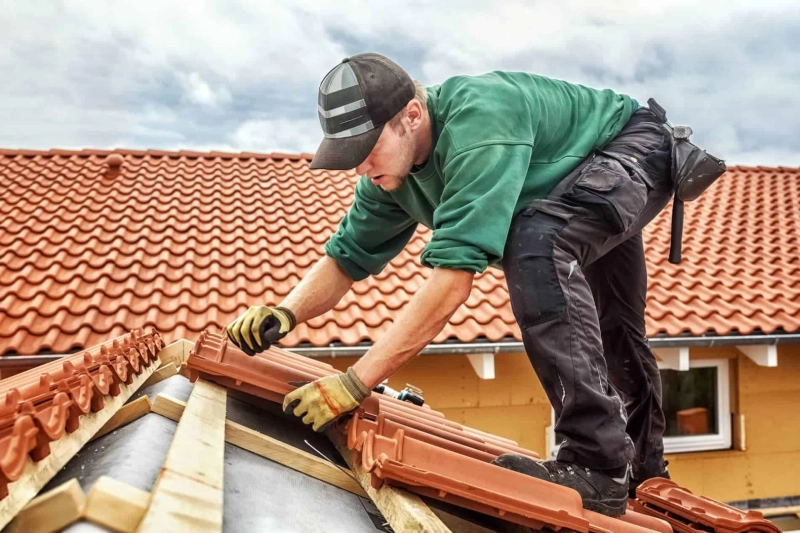Maintaining a durable and efficient roof is essential for both commercial and residential properties. While commercial roofs demand regular maintenance to ensure longevity and performance, residential roofs require careful installation to offer lasting protection and aesthetic appeal. In this guide, we will explore the key aspects of Commercial roof maintenance and share valuable tips for successful residential roofing installation.

Commercial Roof Maintenance
Commercial roofs are subjected to heavy use and exposure to the elements, making regular maintenance crucial. Proper upkeep not only extends the roof’s lifespan but also prevents costly repairs and ensures the safety of the building’s occupants.
1. Regular Inspections
Regular inspections are the cornerstone of commercial roof maintenance. Schedule inspections at least twice a year, ideally in spring and fall. During inspections, look for signs of damage, such as cracks, leaks, blistering, and ponding water. Early detection of issues allows for timely repairs and prevents minor problems from escalating.
2. Prompt Repairs
Address any identified issues promptly to prevent further damage. Small leaks can lead to significant water damage if left unattended. Ensure that repairs are conducted by experienced professionals who understand the specific needs of commercial roofing systems.
3. Clean Gutters and Drains
Clogged gutters and drains can cause water to back up and pool on the roof, leading to leaks and structural damage. Regularly clean gutters and drains to ensure proper water flow and prevent blockages.
4. Roof Coatings
Applying a reflective roof coating can enhance the performance and lifespan of your commercial roof. Roof coatings protect against UV rays, reduce heat absorption, and provide an additional layer of waterproofing. This not only prolongs the roof’s life but also improves energy efficiency.
5. Maintenance Plan
Develop a comprehensive maintenance plan that includes regular inspections, cleaning schedules, and repair protocols. A well-structured plan ensures that all maintenance tasks are performed consistently and helps in budgeting for future repairs and replacements.
6. Professional Maintenance Services
 Engage professional roofing contractors for regular maintenance. Experienced professionals have the expertise to identify potential issues and provide effective solutions. Regular maintenance contracts with a reliable roofing company can offer peace of mind and ensure that your commercial roof remains in optimal condition.
Engage professional roofing contractors for regular maintenance. Experienced professionals have the expertise to identify potential issues and provide effective solutions. Regular maintenance contracts with a reliable roofing company can offer peace of mind and ensure that your commercial roof remains in optimal condition.
Residential Roofing Installation Tricks
Installing a residential roof requires careful planning and execution to ensure durability, aesthetic appeal, and energy efficiency. Whether you are installing a new roof or replacing an old one, these tips can help you achieve the best results.
1. Choose the Right Materials
Selecting the appropriate roofing materials is crucial for a successful installation. Consider factors such as climate, budget, and architectural style when choosing materials. Popular options include asphalt shingles, metal roofing, clay tiles, and slate. Each material has its advantages, so choose one that aligns with your needs and preferences.
2. Proper Ventilation
Adequate ventilation is essential for maintaining a healthy and durable roof. Proper ventilation prevents moisture buildup, reduces heat accumulation, and extends the life of roofing materials. Ensure that your roof has sufficient intake and exhaust vents to promote airflow and prevent issues such as mold and rot.
3. Quality Underlayment
Investing in high-quality underlayment provides an additional layer of protection against moisture and leaks. Underlayment acts as a barrier, preventing water from seeping through the roofing materials and into the home. It also enhances the roof’s overall durability and performance.
4. Professional Installation
Hiring experienced roofing contractors is key to a successful installation. Professional roofers have the knowledge and skills to install roofing materials correctly, ensuring a secure and long-lasting roof. Look for licensed and insured contractors with a proven track record of quality work.
5. Proper Flashing
Flashing is used to seal joints and prevent water infiltration at vulnerable areas such as chimneys, skylights, and valleys. Proper installation of flashing is essential to prevent leaks and water damage. Ensure that the flashing is correctly positioned and securely fastened to provide effective waterproofing.
6. Attention to Details
Paying attention to small details can make a significant difference in the overall performance of your roof. Ensure that nails are properly driven to avoid damage to roofing materials, and check that shingles or tiles are aligned correctly. Properly installed drip edges and ridge caps also contribute to the roof’s durability and appearance.
7. Regular Maintenance
Even a newly installed roof requires regular maintenance to ensure its longevity. Schedule annual inspections and address any minor issues promptly to prevent them from becoming major problems. Regular maintenance helps in identifying potential concerns early and extends the life of the roof.
Conclusion
Both commercial roof maintenance and Residential Roofing Installation require attention to detail, quality materials, and professional expertise. Regular maintenance of commercial roofs ensures their durability, efficiency, and safety, while careful installation of residential roofs provides long-lasting protection and aesthetic appeal. By following the expert tips outlined in this guide, you can achieve optimal results for both commercial and residential roofing projects. Trust the professionals at Villegas Roofing LLC for reliable, top-quality roofing services tailored to your specific needs.


